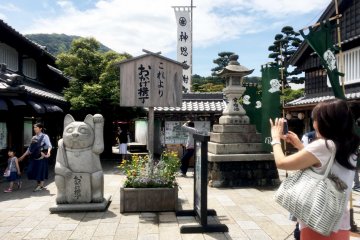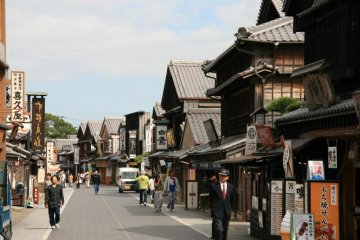
Akafuku at Okage Yokocho
Chris GlennTraditional Japanese sweets from the ancient Akafuku store, surrounded by traditional houses, shops and street-side stalls that take the visitor back to the 19th Century.

Oharai-machi (おはらい町) is a small traditional town that prospered outside the gates of the entrance of Ise Jingu Shrine — Japan's most sacred shrine. As a traditional approach, it spans almost one kilometer in length and is lined with a variety of shops and restaurants.
From Isuzugawa Station (Kintetsu-Toba Line), it's six minutes by bus. Oharai-machi is located at the entrance of the Inner Ise Shrine.

Traditional Japanese sweets from the ancient Akafuku store, surrounded by traditional houses, shops and street-side stalls that take the visitor back to the 19th Century.
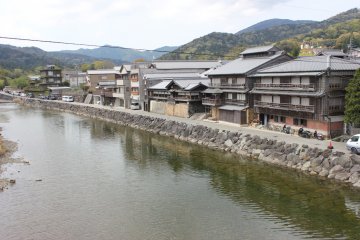
The streets have a festival-like atmosphere all year. The "Okage-za" museum offers a glimpse into Ise's history and culture
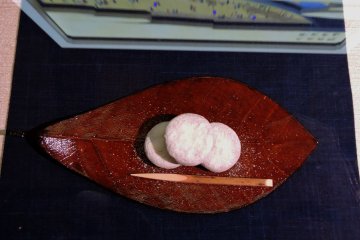
Mochi-kaido Monogatari is a small, free museum on Oharaimachi Okage Yokocho devoted to the history of traditional Japanese sweets.
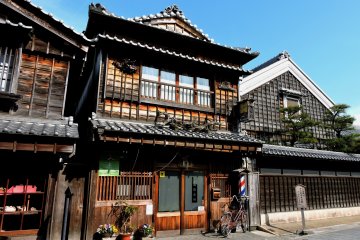
The area of Okage Yokocho is a nostalgic street leading to Ise Naiku Shrine. It is lined with Edo and Meiji Era style buildings housing restaurants, tea shops and souvenir stores.

Enjoy Akafuku's famous red bean sweets at their nostalgic 300 year old store in Okage Yokocho near Ise Shrine.

Ise Guesthouse Kazami offers more than just the cheapest bed in town
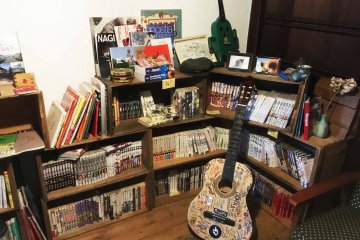

Looking like a shrine, temple & small castle all rolled into one, the traditional Japanese Hinjitsukan structure was operated as an exclusive inn for royalty.

Ise-Shima National Park in Mie Prefecture is well-known for its legendary Ise Lobster. But, are you brave enough to try Ise Lobster in soft ice cream?

For the first time in its century-old history, the National Confectionery Expo is being held in Mie Prefecture, from Friday April 21st to Sunday May 14th 2017. Tickets are ¥1,800 for advance reservation and ¥2,000 at the gate. Official website in English: http://www.kashihaku-mie.jp.e.yk.hp.transer.com/
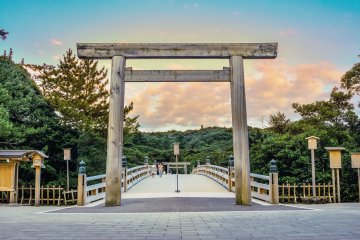
Located in Mie Prefecture, the Ise Grand Shrine is a Shinto shrine dedicated to the sun goddess. Supposedly, the shrine or “Jingu” as it is commonly called, is home to the Sacred Mirror; this mirror was the one that drew Amaterasu from hiding and brought light back to the world. In reality, Ise Jingu is a complex of shrines centered around two main shrines, Naiku and Geku. The inner shrine is Naiku, said to be where Amaterasu dwells even today. Whereas the outer shrine, Geku, is located about six kilometers from Naiku and dedicated to Toyouke-Omikami, the god of agriculture, rice, and harvest. There are an additional 123 shrines in Ise City surrounding both Naiku and Geku. The shrine buildings at Naiku and Geku are rebuilt every 20 years based upon a Shinto belief of death and renewal. The shrine was established in 4 BCE when Princess Yamatohime no Mikoto wandered for twenty years looking for a place to worship the sun goddess. Upon arriving in Ise, Yamatohime received a message from Amaterasu saying that this was the land where she wished to reside. Today, only a person of the royal lineage may be the high priest or priestess of Ise Jingu.

In Mie Prefecture, not far from the city of Futami, which belongs to the city of Ise, are the Meoto Iwa rocks, which are also called" The Married Rocks ". These two sacred rocks in the sea near the coast are not far from the Futami-Okitama Shrine, the Ryuugu Shrine and also near the famous Ise Shrine itself. The two rocks are connected with a so-called Shimenawa. This is a ritual rope made of rice straw. This fact gave them the nickname "The Married Rocks" In the belief of the Shinto religion, these two rocks represent the union of the pair of gods Izanagi and Izanami, who, according to legend, are the two central gods "Kami" in the myth of the origin of Japan.
